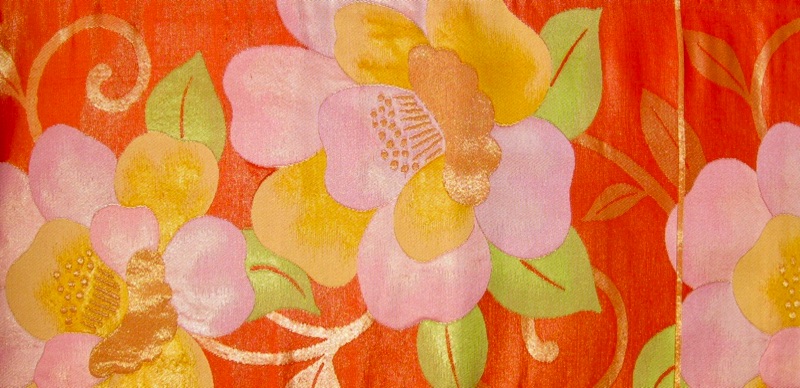
Repertoire
Myoan Honkyoku
The original solo myoan honkyoku compositions from the Edo period collected by Jin Nyōdo in the 1930s from all over Japan form the core of the transmitted pieces. They have titles such as: 'Fog over the Misty ocean', 'Empty Bell', 'Waterfall', 'Void' etc. These classical honkyoku are masterpieces of music whose origins are unknown. The relationship that develops between the student and each piece becomes spiritual, personal and artistic. Many of the compositions have titles referencing Buddhist concepts. There are about 30 pieces.
Kinko Honkyoku
Mujuan repertoire includes about ten of the Kinko honkyoku, including pieces such as 'Hifumihachigaeshi no shirabe' 'Yugure no kyoku' and "Shika no tone'
Nezasaha honkyoku
From Aomori prefecture, utilizing 'komibuki' breath. This was Jin Nyodo's original training. Thus all the pieces are taught.
Sankyoku
The classical ensemble music from the Edo period, played with Shamisen and Koto. But the music is taught and enjoyed as solo music as well. Mujuan teaches about 60 of these lovely classical pieces, including many Hauta Geisha songs.
Contemporary Music
This varies and can include new compositions for solo shakuhachi, arrangements of Joe Hisaishi's music for the Studio Ghibli animated movies and 20th Century music that has established itself in the shakuhachi canon. Additionally, shakuhachi arrangements of popular melodies.
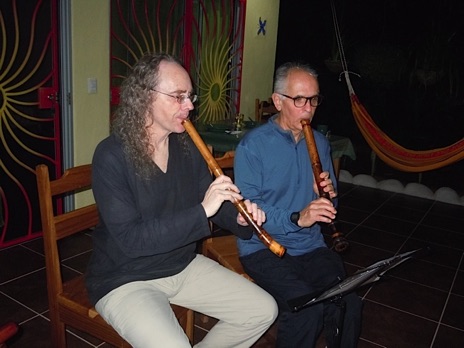
Teaching approach
Shakuhachi is taught as a Path. It is taught as a developing and loving relationship in the purest sense, so that your flute can be your friend for life.
Students are encouraged to become deeply aware of their sound and the subtleties of embouchure shaping, dynamics and efficient breath delivery. The shakuhachi experience is that of a fine pointed focus in the service of beautiful form in music. There are many subtle techniques, and the student builds skills and awareness, in a step-by-step process, to go deeper into the pieces over time.
The process of engaging with shakuhachi fosters personal reflection and grows self-awareness. The path of learning is an intimate encounter with oneself.
Foundational Training
- Posture
- Breathing
- Landing the fingers on the flute in a relaxed manner
- Short phrase playing
- Embouchure development
- Meri and Kari pitch techniques
- Hand health and low-impact playing
- Kinko score reading and rhythm training with folk songs and melodies.
- Atari note repetition
- Focusing the mind to the musical task
- Folk songs, Popular songs, Enka songs
The early classical music pieces
- Phrasing and dynamics within classical honkyoku and sankyoku
- Stamina and power
- Idiomatic aesthetics of Japanese music
- Effective practice techniques
- Development of tonal color
- Yuri techniques
Intermediate Level Studies
- Students build skills in a programmatic way, sequencing pieces by difficulty.
- Foundational training is constantly re-visited to establish 'good bones'.
- Japanese music history and lineage history
Advanced Level Studies
- Development of dynamic range and tonal tools
- Development of listening skills, nuance in phrasing, pitch recognition.
• The music compositions get longer and more complex.
• Memorization techniques
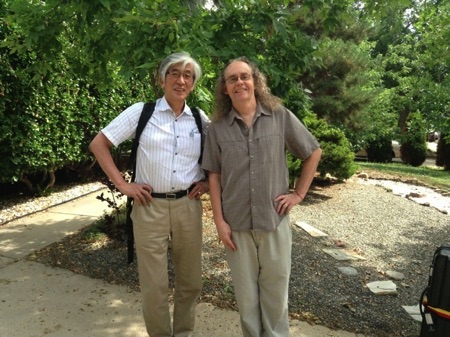
David Yūdo Sawyer teaches shakuhachi to beginner, intermediate and advanced students within the repertoire of Kyoto Mujuan dojo, which includes classical honkyoku and sankyoku ensemble pieces. He also teaches contemporary music for the shakuhachi, and honkyoku from other lineages. He received his shihan title, Yūdo 幽堂 from Kurahashi Yodo II. It means 'mystical temple' or 'ghostly shrine'.
David's wife, Yoko Hiraoka [Japanesestrings.com] teaches Biwa, Koto and Shamisen and together they offer the wide panorama of Japanese classical music from their home in Louisville, Colorado. Students study the ensemble music for shakuhachi with David at first, and Yoko provides the ensemble teaching with strings.
Skype or Zoom lessons are available
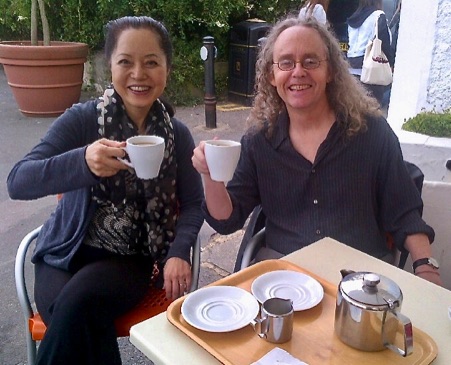
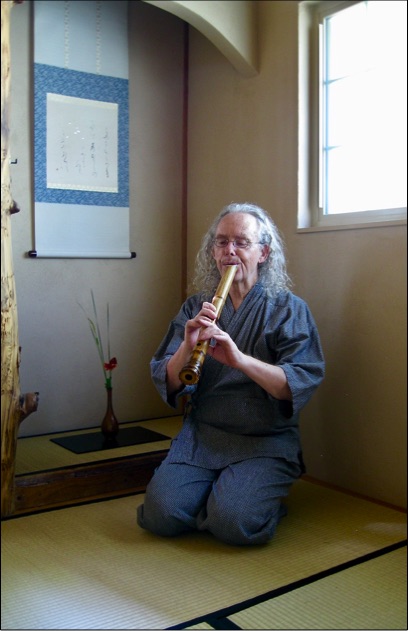
Mujuan Dojo of Colorado